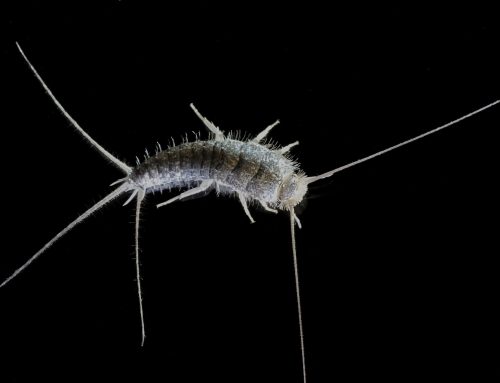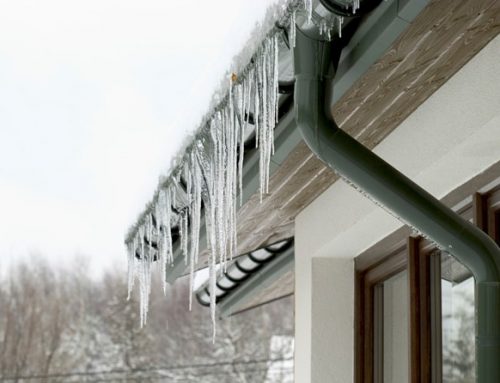 Researchers are projecting a plague of Cicadas called Brood X to hit several states including New York. The Brood X Cicadas are set to emerge by the millions by mid-May when temperatures rise and the temperature of the soil reaches 64 degrees. Brood X Cicadas are of the genus of Magicicadas (periodical cicadas) that spend 13 to 17 years developing underground from 4 – 24 inches deep feeding on sap from tree roots and are endemic to North America.
Researchers are projecting a plague of Cicadas called Brood X to hit several states including New York. The Brood X Cicadas are set to emerge by the millions by mid-May when temperatures rise and the temperature of the soil reaches 64 degrees. Brood X Cicadas are of the genus of Magicicadas (periodical cicadas) that spend 13 to 17 years developing underground from 4 – 24 inches deep feeding on sap from tree roots and are endemic to North America.
The Brood X Cicadas will emerge, shedding their last nymphal skin and stay dormant until their wings and exoskeleton harden. The male cicadas’ mating song, made by vibrating their tymbals (two rigid, drum-like membranes on the underside of the abdomen), can reach up to 100 decibels and sound as loud as revving motorcycles.
The Cicadas will mate and eventually die. The females will lay up to 600 eggs high up in trees in various slits she makes on twigs and branches. The eggs will hatch after 6 – 7 weeks and the nymphs will fall and burrow unto the ground and the cycle will begin all over again. The male will die four weeks after mating.
These periodicals Cicadas formed a way of thwarting predators by emerging in large numbers and overwhelming predators through what is called Predatory Satiation. Pets are potentially at risk of becoming ill if they gorge on Cicadas.
Magicicadas have red/orange eyes and a black thorax. Their wings have redish/orange veins and are translucent. They are about 1 to 1 ½ inches long. Annual cicadas can be confused for Magicicadas except for their color. The Annual Ciacadas are larger and have green wing veins. They also emerge July through September instead of May through June as do the Magicicadas.
When they emerge, you will see them crawling up trees, walls, swing sets, etc. There is no real danger with Brood X Cicadas, but they can cause a lot of damage to trees and really test your patience as they will be literally everywhere and make a lot of noise.





